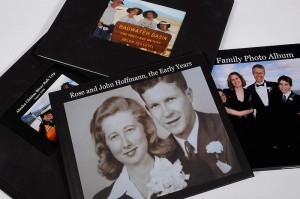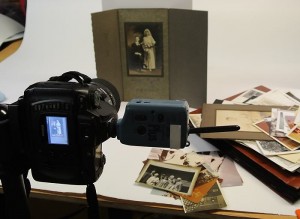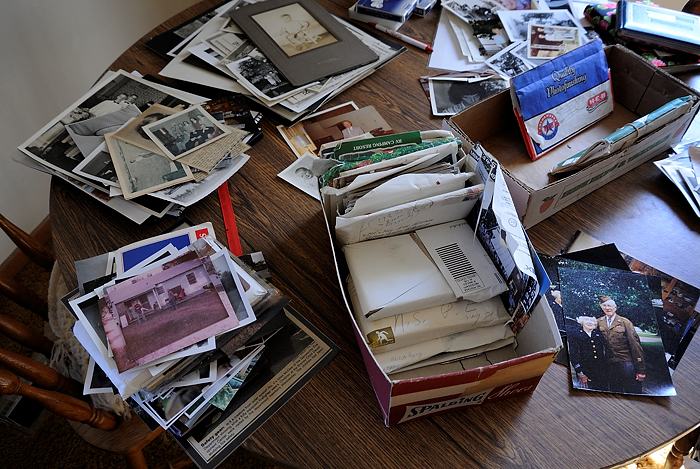As the photographer in the family, I’m expected to deal with all things involving pictures. Which had me going through thousands of old photos last week.
We had to move my mother to a nursing home last year, and are now we’re getting ready to sell her house. During a visit last week, I got out the old family pictures and started going through them. There were some albums, but most were in shoe boxes, inside processing envelopes. Fortunately, mom and dad had written on those envelopes what years and events the photos were from. And better yet, most of the photos had notes on the back telling who and where. And that got me thinking about what and where our pictures will be fifty years from now.
A friend once told me, “It’s not a picture until you can hold it.” I like that. There’s something special about holding a print in your hands. It’s physical. The size often indicates its importance. Back then our best pictures were printed larger – 5X7 or even 8X10, making them special. But today, what percentage of your pictures are printed? Are they all digital, existing on hard drives and the internet only? How many of you bother to embed metadata in your photos that tell who, what and where? For that matter, how many of you back up your pictures? What would happen to them if you suddenly die? Would that visual history die too?
 I think it’s important that at least some photos live on in a physical way. One way to do that is to print photo books. Most print services offer this, and it’s a great way to preserve your memories. Plus it’s easy to share and enjoy. Vacations, family albums, important events in your life. One person from our recent China workshop just sent me a link to a book she made. It wasn’t just her favorite photos, but also had text saying where they were taken. That makes a great keepsake.
I think it’s important that at least some photos live on in a physical way. One way to do that is to print photo books. Most print services offer this, and it’s a great way to preserve your memories. Plus it’s easy to share and enjoy. Vacations, family albums, important events in your life. One person from our recent China workshop just sent me a link to a book she made. It wasn’t just her favorite photos, but also had text saying where they were taken. That makes a great keepsake.
And don’t forget to have prints made too. There’s no excuse not to, since It’s become so cheap and easy to do that. My guess is there’s a store within a mile of your home that you can upload photos to and pick them up an hour later. If not, you can upload them to services around the country and have them mailed back. Digital photography makes it easy and cheap to record and save our memories. But if they remain only digital, there’s a good chance they’ll be lost. That’s my biggest complaint with cell phone photography – who backs up those pictures, and who prints any of them?
 So what will I do with all those old family photos? I’m going to cull them down into a manageable collection, then photograph the best ones and make them into a book. That way my brother and sister and our kids can have a piece of that family history. And thanks to the notes my parents wrote on the back of those old photos, there will be more than just pictures in those books. They may have only shot a hundred pictures a year, but I have those photos, they’re prints, and I know where they were taken and who’s in them.
So what will I do with all those old family photos? I’m going to cull them down into a manageable collection, then photograph the best ones and make them into a book. That way my brother and sister and our kids can have a piece of that family history. And thanks to the notes my parents wrote on the back of those old photos, there will be more than just pictures in those books. They may have only shot a hundred pictures a year, but I have those photos, they’re prints, and I know where they were taken and who’s in them.
Today we do a better job of documenting our lives than ever before. But will those pictures be here ten, twenty or fifty years from now? To be sure of that, at least some need to be physical, prints or books. Our computers have become today’s shoe boxes. And that makes it easier than ever to lose those photos, that visual record of our lives. Make sure that doesn’t happen, for the sake of you and your families.


Trackbacks/Pingbacks